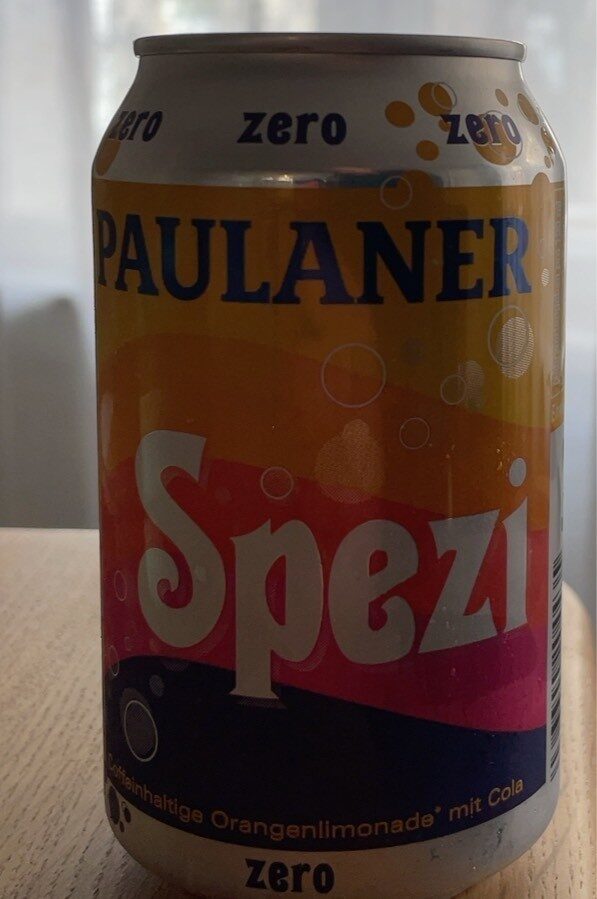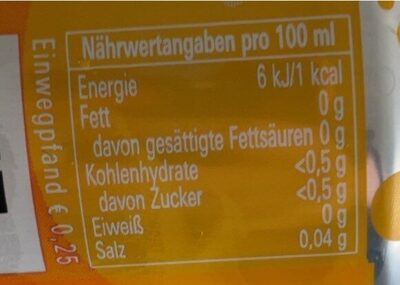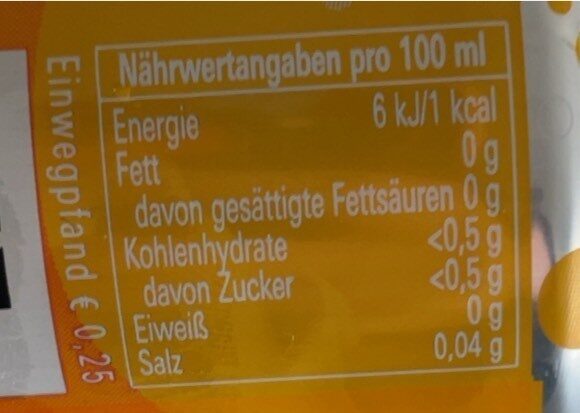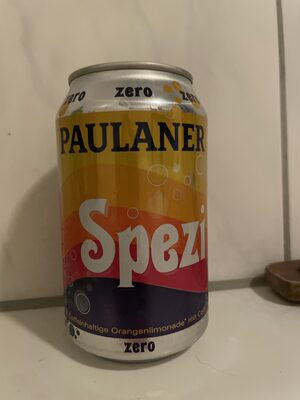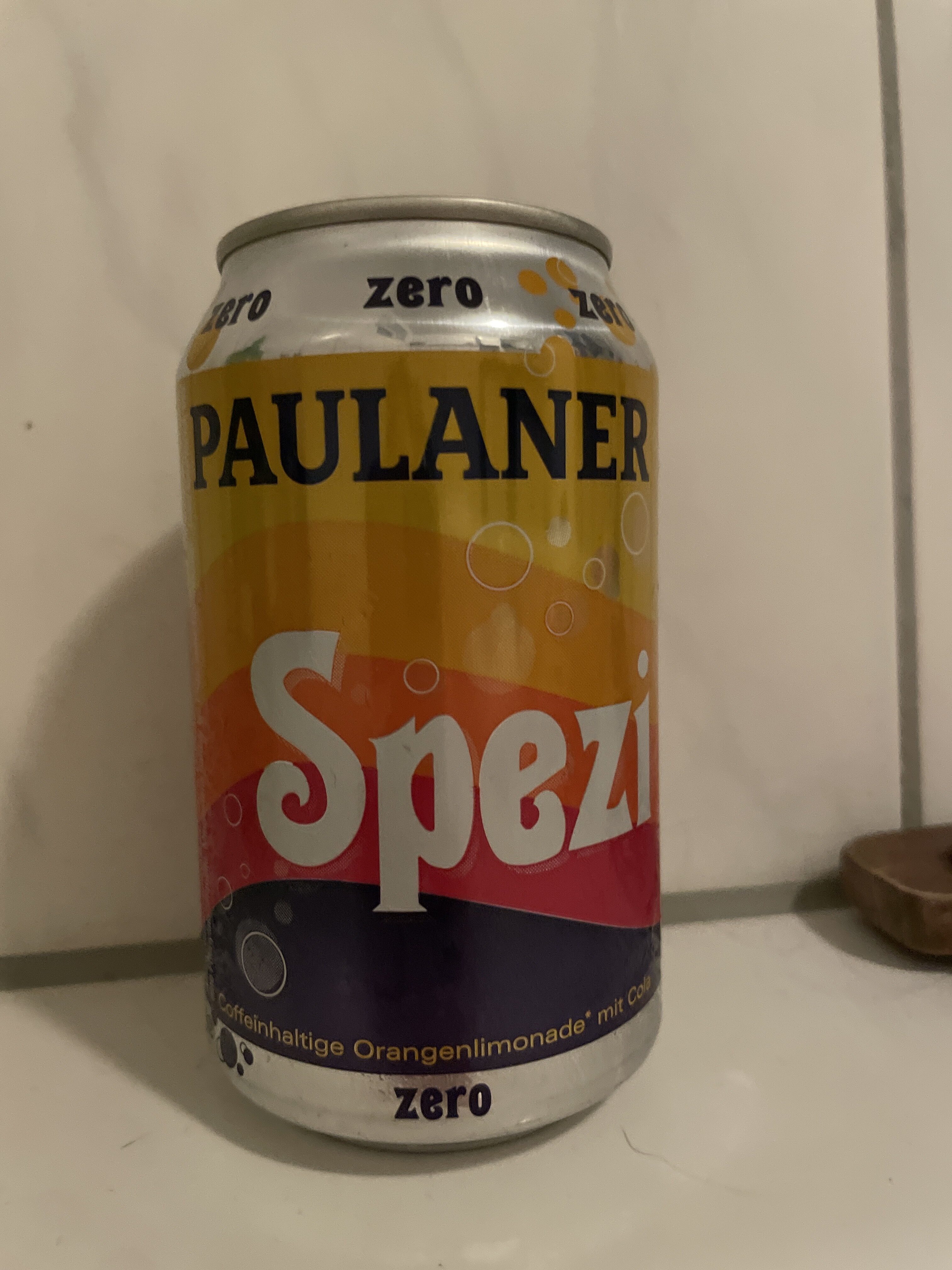Spezi Zero - Paulaner - 0,33 l
This product page is not complete. You can help to complete it by editing it and adding more data from the photos we have, or by taking more photos using the app for Android or iPhone/iPad. Thank you!
×
Barcode: 4066600204435 (EAN / EAN-13)
Quantity: 0,33 l
Packaging: Can
Brands: Paulaner
Categories: Plant-based foods and beverages, Beverages, Plant-based beverages, Carbonated drinks, Fruit-based beverages, Artificially sweetened beverages, Sodas, Diet beverages, Fruit sodas, Non-alcoholic beverages, Colas, Diet sodas, Spezi, Diet cola soft drink, Sweetened beverages
Labels, certifications, awards: Low or no sugar, Vegetarian, Vegan, Contains a source of phenylalanine, No palm oil, No sugar
Countries where sold: Germany
Matching with your preferences
Report a problem
Data sources
Product added on by kiliweb
Last edit of product page on by myno.
Product page also edited by guezguez-majed, halal-app-chakib, insectproductadd, marvink, nuci89, philipbrembeck, roboto-app, sandbag6452, smoothie-app, swtfvn, worldtest, yuka.sY2b0xO6T85zoF3NwEKvlktDaf_lmGvkHSfftRC53fyDLqDDeIlU5Ibdb6s, yuka.sY2b0xO6T85zoF3NwEKvllB2VMbF827kNS7txhKQw42FHoLJZ9FSuaGmMag.

